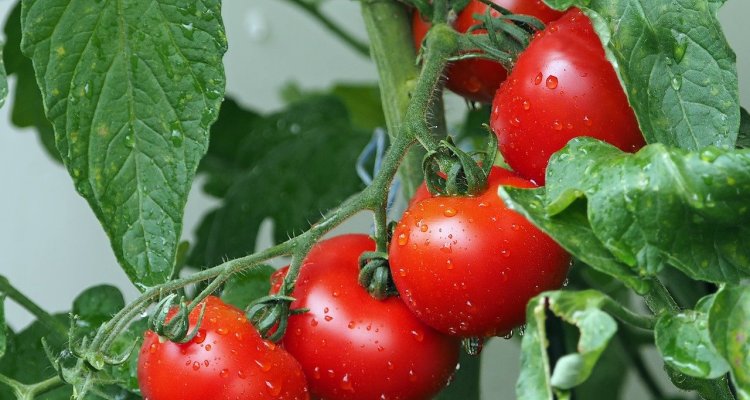
Enter the (To)matrix: Exploring the tomato-verse through a Functional-Structural Plant Model of dwarf tomatoes to identify architectural ideotypes for vertical farming.
Project Description: The primary objective of this research is to systematically identify and quantify the architectural traits that enhance light use efficiency in dwarf tomato cultivars, cultivated within controlled vertical farming environments. Utilizing a pre-calibrated functional-structural plant (FSP) model, specifically tailored for dwarf tomato varieties in vertical farming settings, this study aims to conduct static and dynamic simulations of three-dimensional plant architecture. This modeling approach integrates key physiological processes and varying environmental conditions to accurately represent plant growth and development.
Objective: The research is dedicated to the comprehensive analysis of architectural traits influencing light use efficiency in dwarf tomato crops. The aim is to delineate specific architectural ideotypes that optimize light interception and photosynthetic efficacy within a vertical farming context.
Expected Outcomes: This investigation is anticipated to yield significant insights into the interaction between plant architecture and light interception in dwarf tomato plants, across various developmental stages. By elucidating these relationships, the study endeavors to inform the strategic design of crop architecture. The ultimate goal is to enhance both yield and quality of tomato crops in vertical farming systems, leveraging an optimized light environment. These outcomes will not only advance our understanding of plant architectural optimization but also provide practical guidelines for improving crop management and cultivation practices in vertical farming systems.
Specific Outcomes:
Quantitative Analysis of Architectural Traits Influencing Light Use Efficiency in Tomato Plants:
Implement a systematic investigation to identify and quantify the architectural traits of tomato plants that significantly impact light use efficiency. This task involves detailed phenotypic characterisation and statistical analysis to establish correlations between specific architectural features and their effects on light absorption and photosynthetic efficiency.
Global Sensitivity Analysis of the Functional-Structural Plant Model:
Perform a comprehensive global sensitivity analysis using the functional-structural plant (FSP) model. This analysis aims to determine the relative significance of various input parameters, particularly architectural traits, on model outputs. The sensitivity analysis will help in understanding the robustness of the model and the influence of parameter variability on the simulation of plant growth and light use efficiency.
Optimization of Plant Architectural Traits through Metamodeling:
Upon identifying the most influential architectural traits, initiate an optimization process, potentially through metamodeling techniques, to derive an optimal set of ideotypes with maximized light interception and photosynthesis rates. This task involves the development and application of advanced computational methods to model the relationship between trait combinations and their impact on light use efficiency. The goal is to propose ideotypes that exhibit optimal structural characteristics for enhanced light absorption and photosynthetic productivity in controlled environmental conditions.
Used skills
- Data analysis
- Programming
Interested in doing a BSc or MSc thesis at HPP? Please contact Katharina Hanika or Kim Vanderwolk via the HPP office (office.hpp@wur.nl).